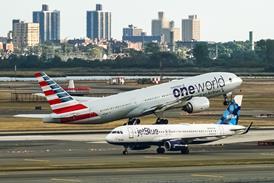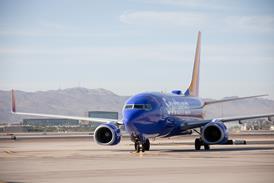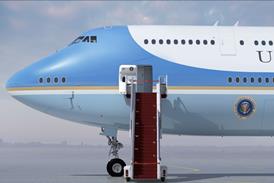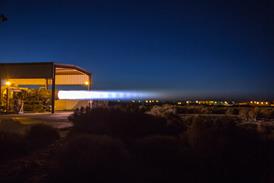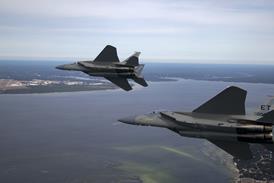Max Kingsley-Jones/LUTON
The original Boeing 757-200 was a "sleeper" in sales terms. Boeing will hope that the new model is the same. After launch orders in 1978 for the 757-200, new contracts ran at a trickle until the mid-1980s. It has been a similar story for the -300, which has racked up just 17 orders from three customers since its go-ahead in September 1996.
Sales of the 757-200 eventually took off and 900 have been delivered, with a further 70 on order. Boeing is studying ways of redeploying the changes developed for the -300 back into the -200 to boost its range and appeal.
The 757 was designed for a stretch from the start - it is no accident that the baseline -200 sits so high on its landing gear, which has enable the aircraft to grow by 20% without the gear needing modification. The stretch involves a 4.1m (160in) extension ahead of the wing and a 3m extension aft (full technical description and cutaway, Flight International, 24-30 March, 1999).
Other changes have been kept to a minimum and include strengthened wing, fuselage and landing gear, a retractable tailskid (featuring a crew warning system), a redesigned cabin interior and more powerful environmental control system. Maximum take-off weight has been increased from 115,800kg (255,000lb) to 123,700kg.
Typical two-class seating is increased from 201 to 243, while cargo volume is up by 50%, compared to that of the -200. Maximum high-density accommodation is 289 seats. The increased capacity gives the 757-300 10% lower seat kilometre operating costs, compared to the -200.
As with the -200, the -300 is offered with versions of the Rolls-Royce RB211-535 and the Pratt & Whitney 2000, including the 43,100lb-thrust (192kN) RB211-535E4B and the 41,700/43,850lb-thrust PW2043. Only the R-R powered version of the -300 has been ordered.
The first 757-300 flew in August 1998, and the type entered service with Condor last March. Customers announced to date include Arkia (two), Condor (13) and Icelandair (2).
The jury is still out on whether the 757-300 will match the success of its forebear. The aircraft looks set to be Boeing's main offering in the 250-seat class, but will face stiff competition from whatever new-generation wide-body rival Airbus develops.
Source: Flight International


